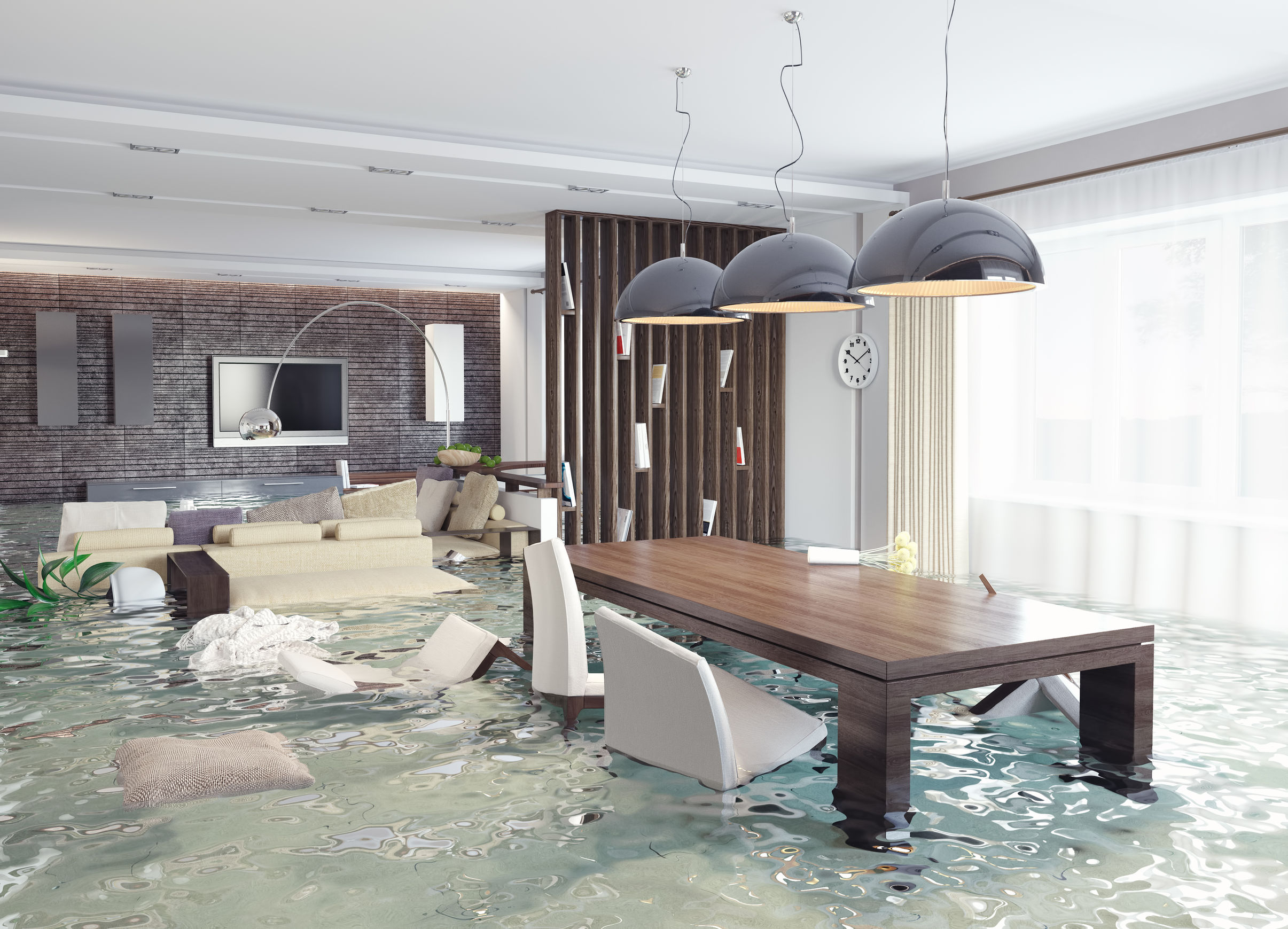
Water is one of the most damaging forces for a homeowner and water damage is an issue I deal with constantly as a REALTOR®. There are several home maintenance practices that can help you prevent expensive and frustrating water damage in the future. I have created a quick list of suggested home maintenance tips here and then more detailed instructions below:
- Roof – Check your exterior roof and underside of roof for damage every three months or immediately following major storms
- Water Heaters – Drain every 6 months
- HVAC Condensate Lines – Flush every 3-6 months
Roofs
For safety purposes, I do not recommend all homeowners make a practice of climbing on the roof. However, I do suggest you walk the perimeter of your home quarterly and look at the roof from the ground and even encourage you to use a set of binoculars if you have them. Check your roof for damage, altered shingles, tiles, or metal sheets or flashing that appears to have been displaced. Shingle damage can happen from storms (wind & hail) and critters and can lead to leaks that are extremely destructive over time.
I also suggest taking a look at the underside of your roof any time you are in the attack changing filters or accessing storage. Look for water stains on boards or unexpected light entering the attic.
Water Heaters
It is very important to flush your water heaters annually. Flushing clears out sediment and minerals (such as calcium & lime) that accumulate at the bottom of the tank causing damage to the tank. If you are not clearing out this debris, it can even end up in your home’s piping causing overall plumbing damage and can result in rust and debris in drinking water. In addition to damage you are at risk of wasting a great deal of energy. Without flushing, “Sediment builds up in the tank, usually at the bottom, and that insulates it from the flames that are pounding on the bottom of the tank to heat the water,” says Steve Hyde, owner of Washington Water Heaters in Bellevue, Washington. This results in the water heater requiring more time and energy to heat the same amount of water.
Whether you call a technician or flush the heaters yourself, the process involves attaching a hose to the tank to clear out debris. In San Antonio, hiring a plumber to flush a heater typically costs under $100.00. It is also important to note that even tankless water heaters should be flushed annually.
If you live in the San Antonio area and need a recommendation for a contractor, please do not hesitate to reach out to me. 210.559-6658
HVAC Systems
One of the many functions of your HVAC (AC) system is to remove moisture from the air as it cools your home. As the system removes moisture, this moisture collects on the evaporator coil and then drips into the condensation pan below the unit. Next, this liquid travels through a condensate drain pipe that runs to the exterior of your home. Over time, this condensate can collect dust and bacteria and eventually a thick sludge can collect in your condensate line preventing water from passing. Once this happens, the water will eventually collect in the pan below your AC unit and begin to flow over and damage the surfaces around the unit.
To prevent this buildup, I suggest pouring boiling water down the condensation line of your AC unit every time you change your filters (every 3-6 months). Many articles will encourage you to pour vinegar or bleach down the lines; however, these chemicals can degrade the PVC piping used to create your condensate line and lead to problems over time. If you keep up with washing the lines regularly, harsh chemicals are not necessary. If you find a buildup has accumulated, bleach or vinegar can do the trick. If you are unable to clear the lines on your own, I recommend calling an HVAC company to come out and “blow out” the lines for you.
Please check back in the next few days for information regarding the following water hazards in a home:
- Water Sensors
- Caulking & Grout Lines
- Water around your Foundation
- Expansion Tanks
- Water Keys




